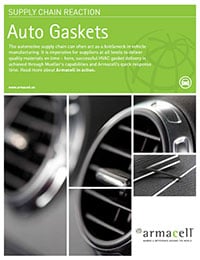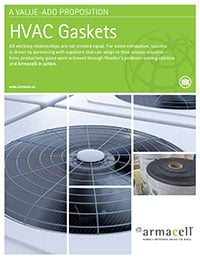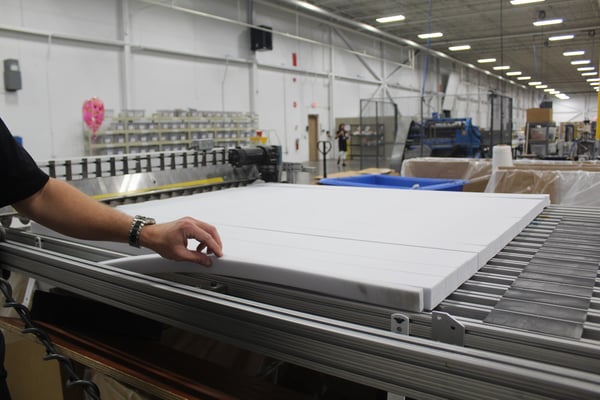
When you manufacture products across different industries, it’s important to find materials that meet multiple needs. If your business is in this situation, chances are you’ve heard of PVC foam.
PVC foam is a highly specified material that can serve several different industries. This foam can be utilized for sealing, gasketing, or insulating applications. It cushions against shock and vibration, can seal out environmental factors like moisture and dust, service a wide range of temperatures, and much more.
However, all these properties can make it challenging to choose the right type of foam for your specific application. In this guide, the foam experts at Mueller are going to detail everything you need to know to make the right decision. By examining different applications, foam types, and factors to consider, you’ll have everything you need to make the right call on your next project.
What Are the Main Applications for PVC Foam?
There are six significant applications that PVC foams can be used for, each with their own unique requirements.
Appliances
PVC foam’s closed-cell structure provides a reliable solution for sealing against moisture, drafts, and dust while absorbing sounds and dampening vibrations.
Automotive
PVC foam in automotive applications cushions against shock and vibration, as well as insulating temperature and sound. The closed-cell structure of the foam also seals out light, air, dust, and moisture.
Sealing
PVC foam can be used to provide a seal between pickup truck caps and body side rails, making it useful for a variety of non-critical weather sealing applications.
Gasketing
Closed-cell PVC foam provides a long-lasting seal against moisture, dust, and light while cushioning vibrations and dampening sounds in several products.
HVAC
PVC foams make effective thermal insulators and prevent condensation or moisture buildup on surfaces where they are applied. They also reduce vibration and deaden sound created by HVAC products.
Weather Stripping
The insulating and sealing properties of PVC foam with one-sided adhesive make it ideal for all weather stripping applications.
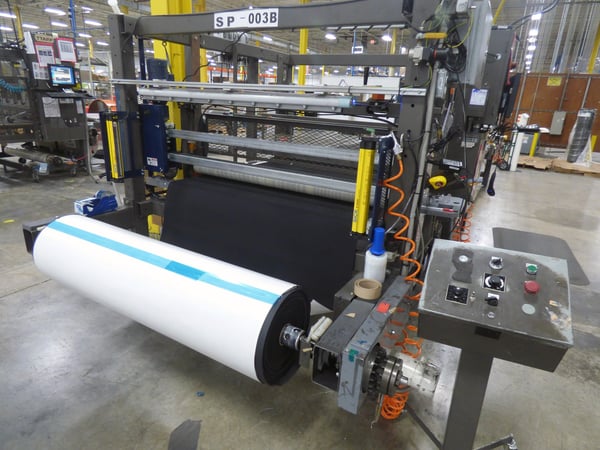
What Are the Different Types of PVC Foam?
Five different types of PVC foam can be used to address most of the applications discussed above.
- General-Purpose PVC Foam
- Specialty PVC Foam
- Automotive PVC Foam
- HVAC and Appliance PVC Foam
- Custom Configurations
General-purpose PVC foam can be used in applications that require a seal or any cushioning. This foam sees the most widespread use due to its versatile nature.
Specialty PVC foam can be used for applications that require low force compression, thermal insulation, anti-condensation, glass or non-porous surfaces, and UL compliance.
Automotive PVC foams are like specialty PVC foams, except this type is designed to meet specific automotive industry specifications. These foams provide a long service life and plenty of durability in automotive applications that require seals on uneven surfaces, or when flex and conformability to seal curves are necessary.
HVAC and appliance PVC foams fall between general-purpose and automotive foams in terms of usage range. These foam types help with thermal insulation and prevent moisture buildup on surfaces they are applied to, as well as reducing vibration and deadening sound.
Custom Configurations are foams that are created specifically for a customer’s needs. This type includes back stripping, custom liners, as well as custom supported and unsupported adhesives.
You can use these types of PVC foam to address any application based on their properties and functions.
How Do I Choose the Right PVC Foam for My Application?
Now that we’ve broken down the applications that PVC foams serve, as well as the different foam types, let’s examine how to choose the best foam for your needs.
Selecting the best PVC foams for your needs comes down to fully understanding your product application. As our expert, Greg Smith, says, “PVC foam is application-driven.”
Once you understand the application, there are some factors that you can consider to get a clearer idea of the right PVC foam type for you.
You should consider the temperature level that the foam will be exposed to, whether it is used indoors or outdoors, how thick you need it to be, any compression issues that need to be solved, as well as any UL ratings that must be met.
These pieces of information might be provided in a material spec sheet that you receive from a customer. If they are not, you can reach out to your point of contact and discuss these factors. Material vendors can be excellent resources if you need help making a more informed selection.
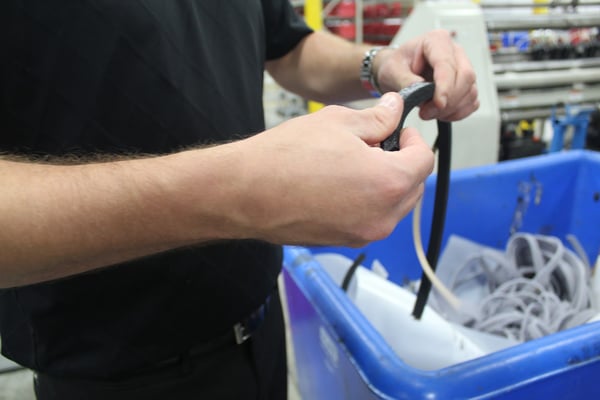
How Do I Get a Low-Cost PVC Foam?
Once you find the best PVC foam type for your application, the next step is to get it for the best cost.
Since PVC foams are only made by a limited number of manufacturers domestically, it can be difficult to find a low-cost option.
One of the simplest ways to get a lower cost on PVC foam is to procure volume and order in higher quantities. As is the case most of the time, the more material you buy, the cheaper it will be.
Another way you can potentially lower costs is by working with a converter, like Mueller that can help you find a material they stock that will meet your application needs. This can help decrease lead time, which will lead to a quicker turnaround and it decreases the potential of having to purchase more material than is required for your project.
Why Does Choosing the Right PVC Foam Matter?
It may not always seem like it, but the PVC foam you choose can have a real impact on your business.
For example, a couple years ago, Mueller was approached by an HVAC manufacturer about a PVC foam that they were using for the drain pan area of their unit. The foam they were using was a high-end UL rated PVC foam, which meant it was much more specialized than what was actually needed based on their required specifications.
When they asked Mueller about it, we told them that they could significantly cut costs by using a general-purpose PVC foam that wouldn’t sacrifice performance. In the end Mueller worked with the PVC manufacturer to formulate a new foam to meet all their specifications, which was then implemented across numerous different plants.
If that business didn’t change the PVC foam they were using, they would still be overspending on a foam that far surpassed their needs, which is why choosing the right foam type for your specific needs is crucial.
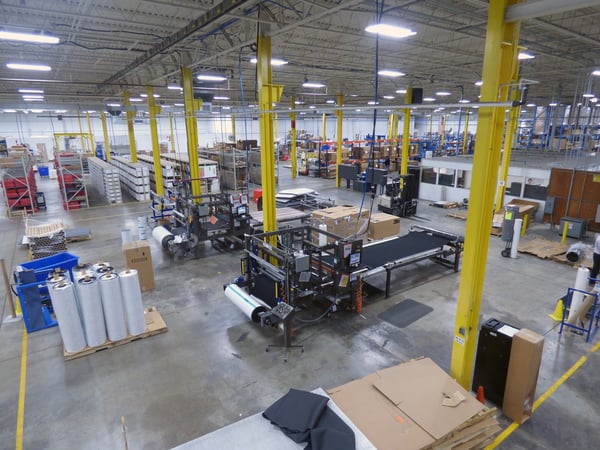
Why Is Choosing the Right PVC Foam Important?
When you choose a closed-cell PVC foam, you need to make sure that you are making your selection based on an application.
By identifying the product’s application, the PVC foam type that meets your needs, and the factors you need to consider, you can make an appropriate decision. It is crucial to find a foam solution that meets the product requirements that engineers are focused on and a price point that satisfies the procurement team.
You now have the information you need to identify the right application, select the right foam type, and make the most informed decision for your product, no matter what industry you serve.





